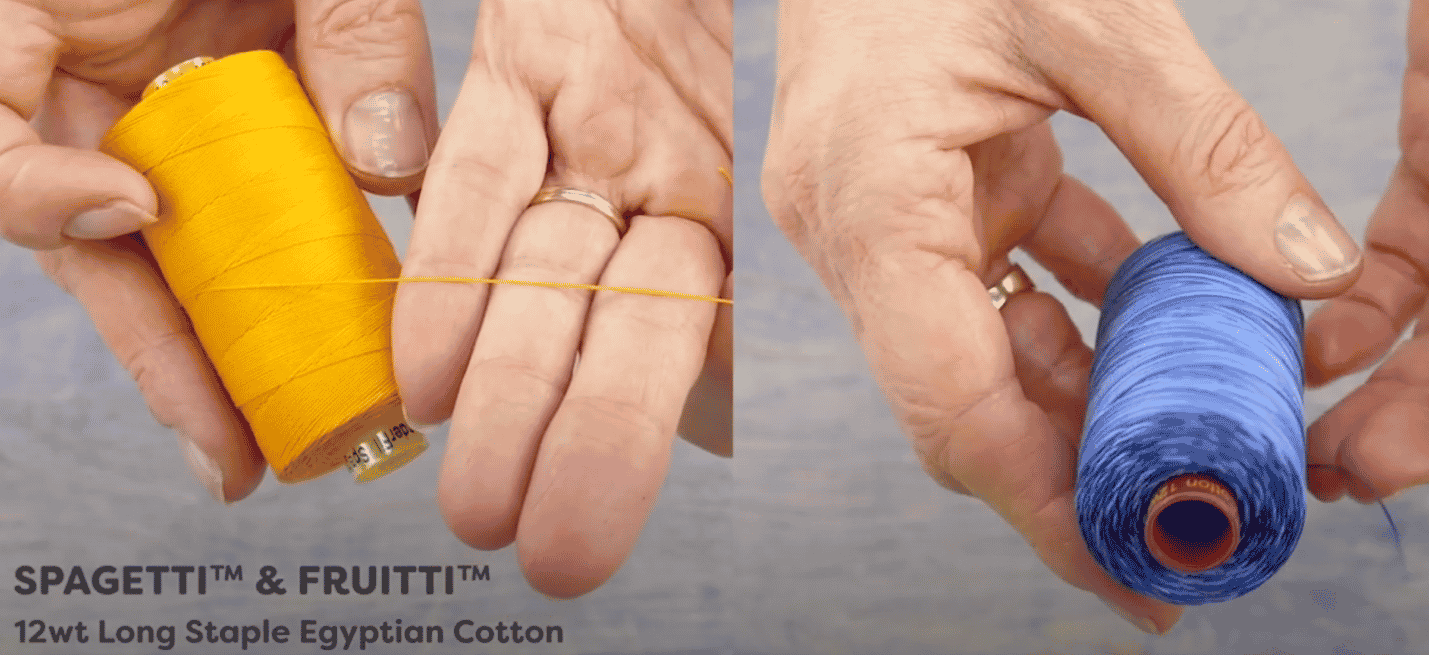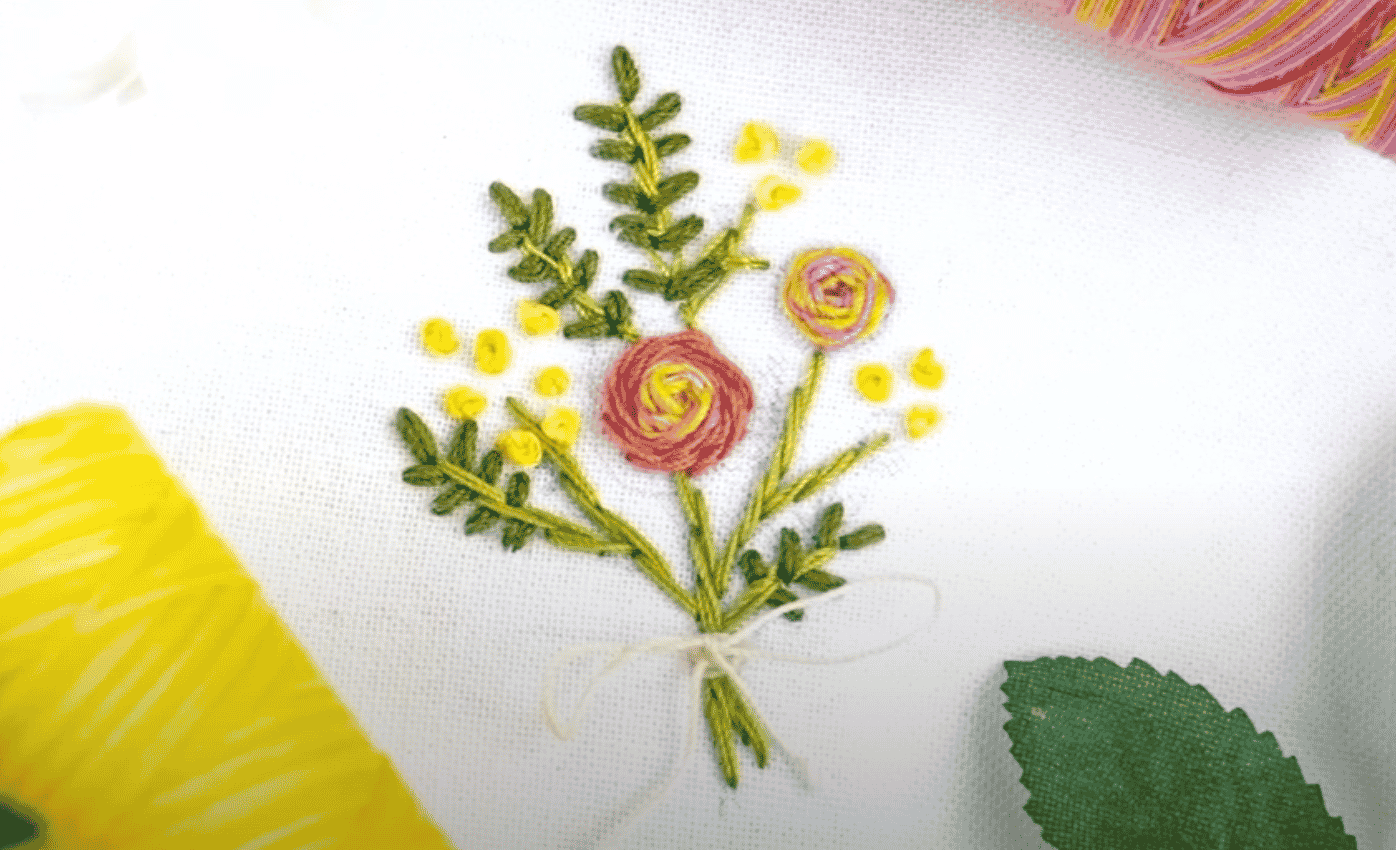When doing hand embroidery, there are a number of thread weights to choose from. We’ll show you the difference between a 12wt, #8, #5 and #3 thread and how they show up differently in your stitches so you can choose the right look for your project. Choosing a variety of weights is the perfect way to give your hand embroidered project a unique look with different textures.
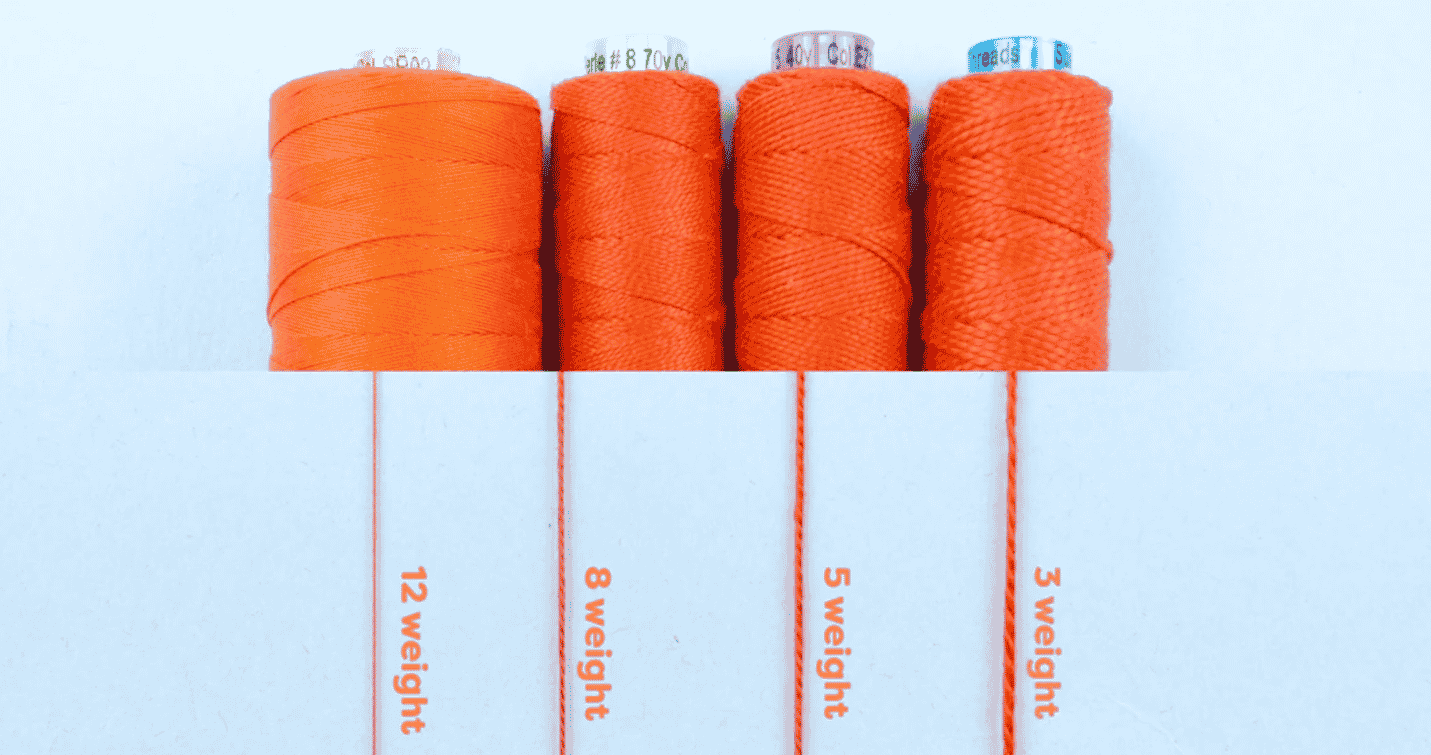
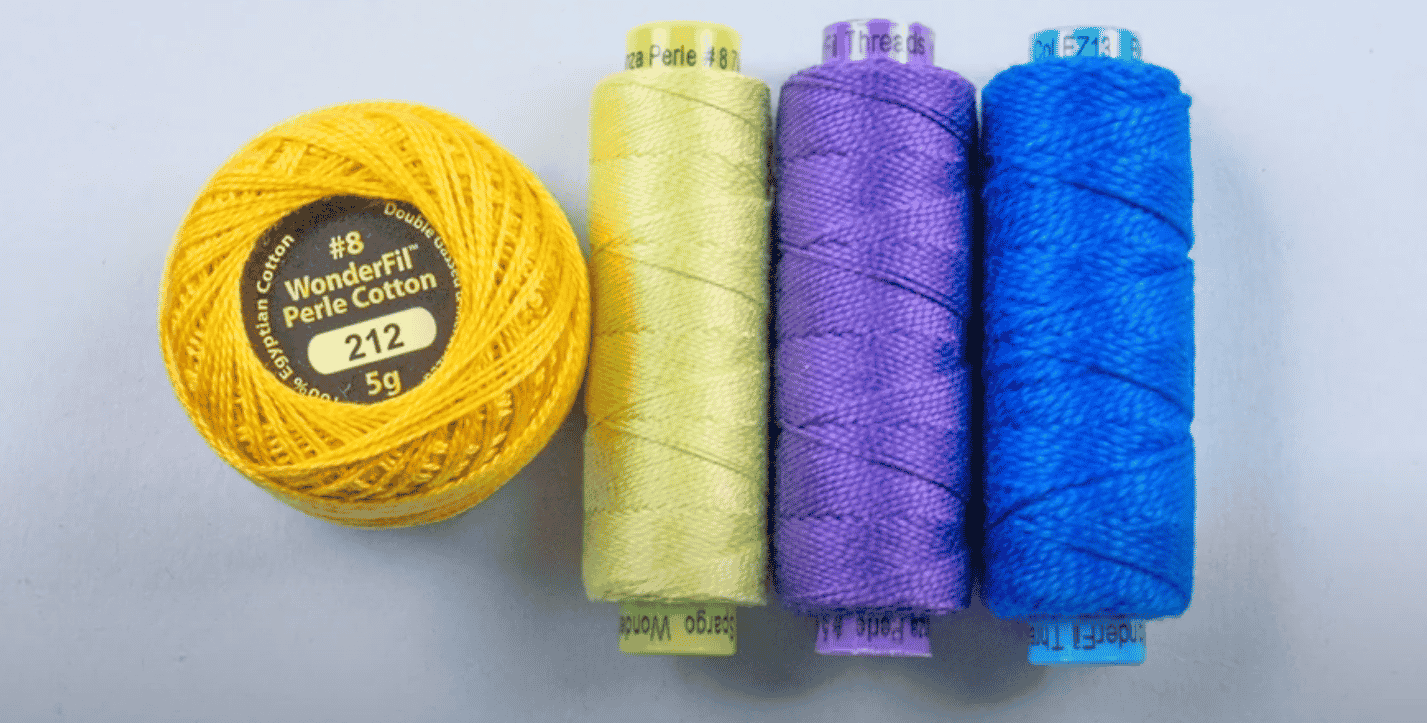
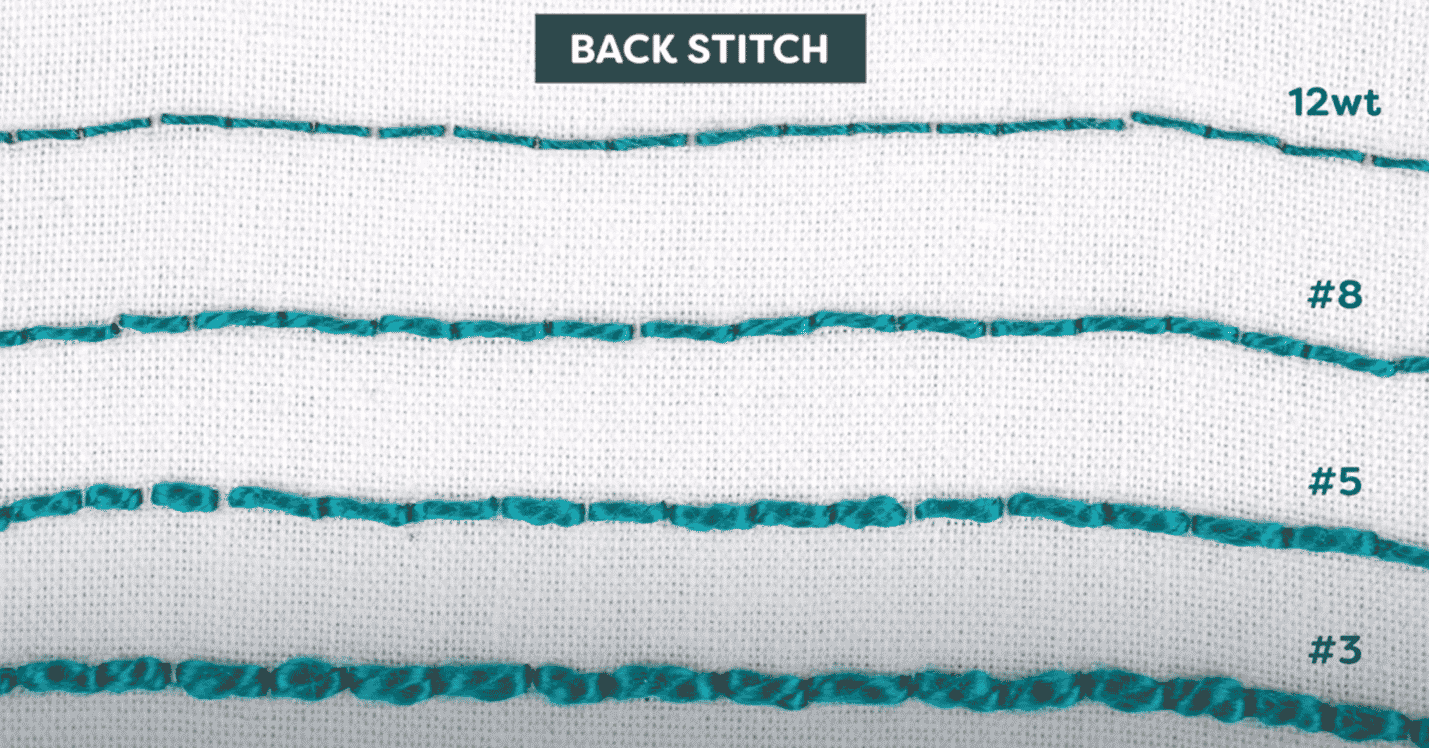
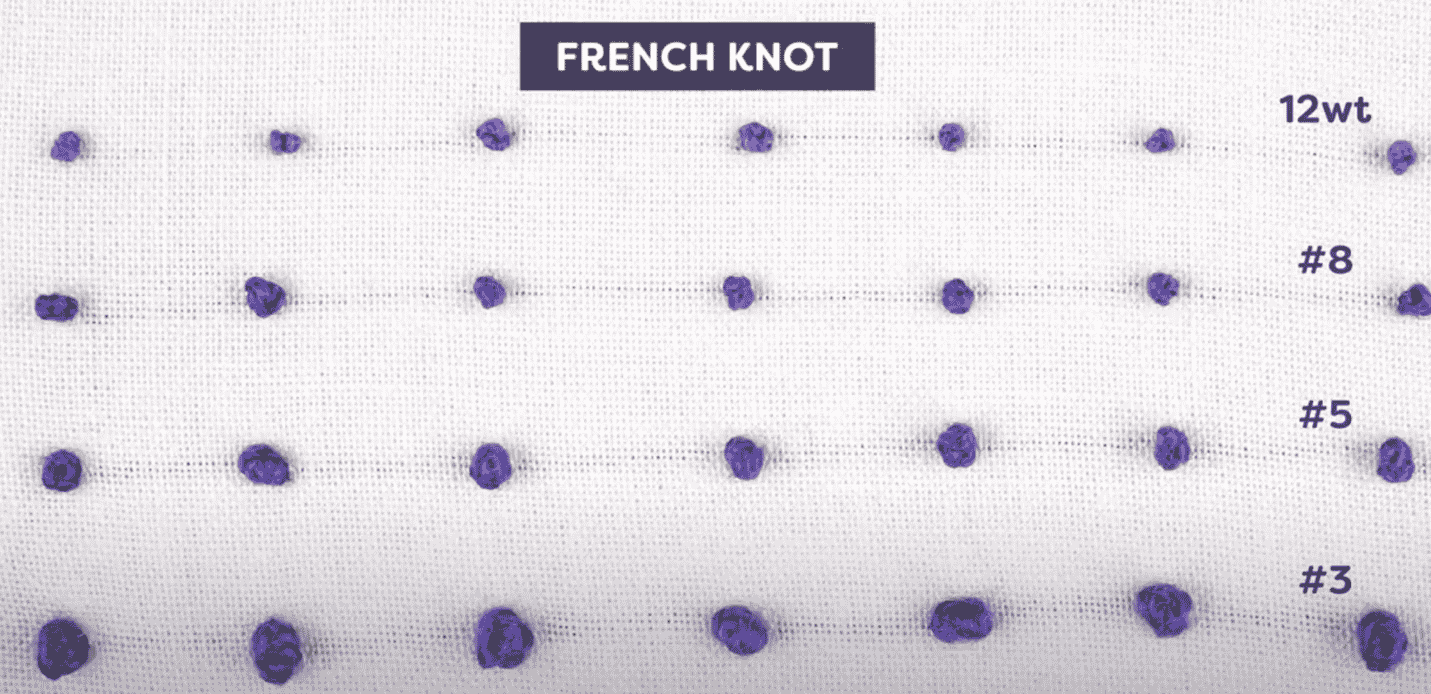
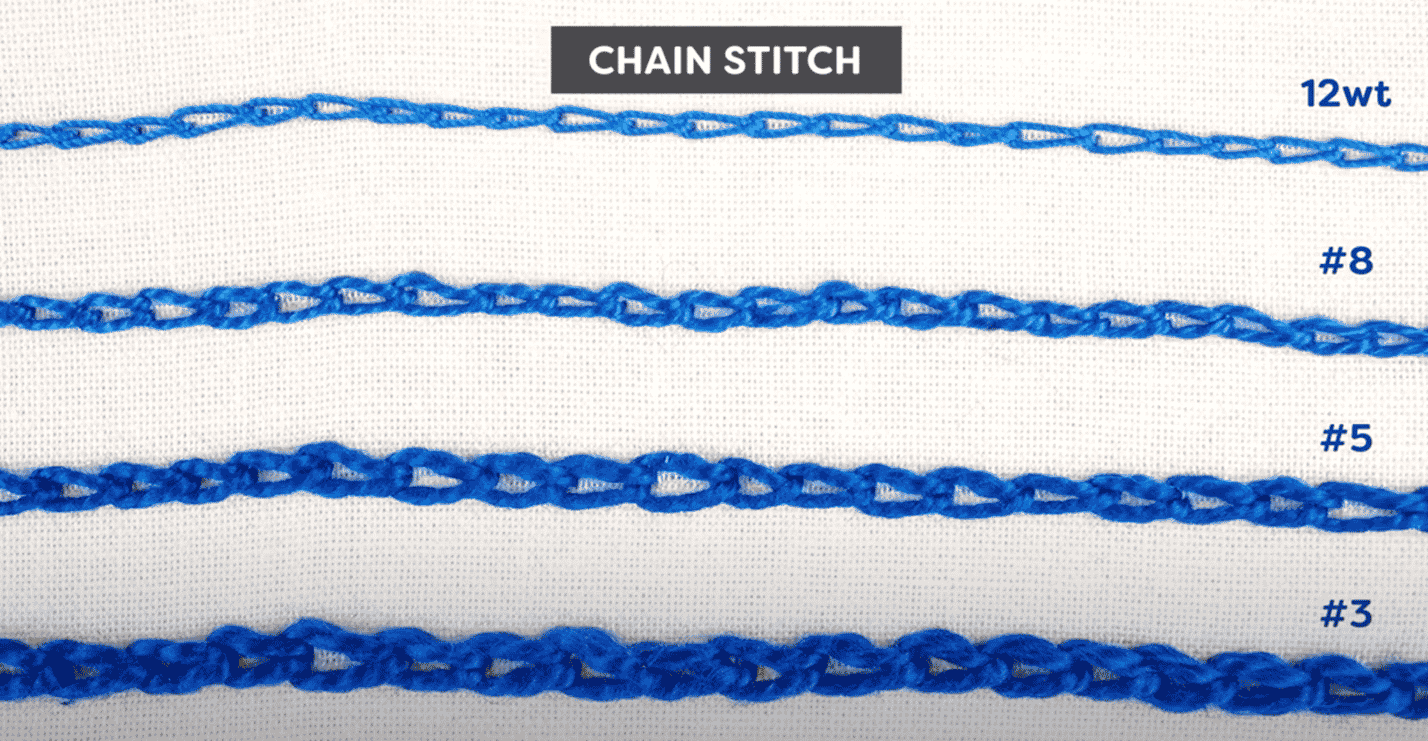
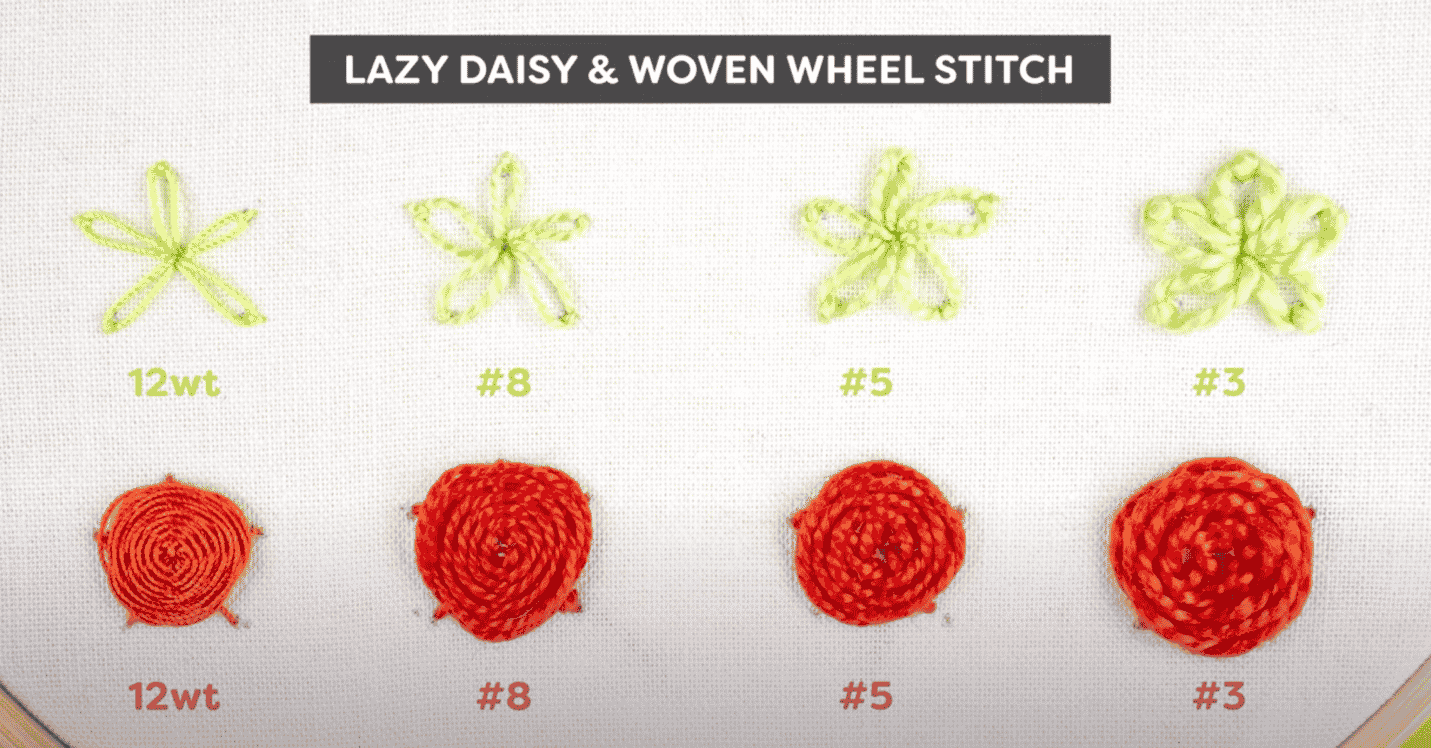
__________
The most common size of hand embroidery perle cotton is a #8. If you’re just starting out or doing any general hand embroidery, this is the recommended thread weight. It shows off beautifully with all the different varieties of stitches, and the thread will pull easily through all kinds of fibres and fabrics. With this thread you will want to use a size 3 milliners needle. Our line of perle cottons is called Eleganza™ and comes in #8, #5 and #3 sizes with Sue Spargo. Let’s take a look at the other two sizes.
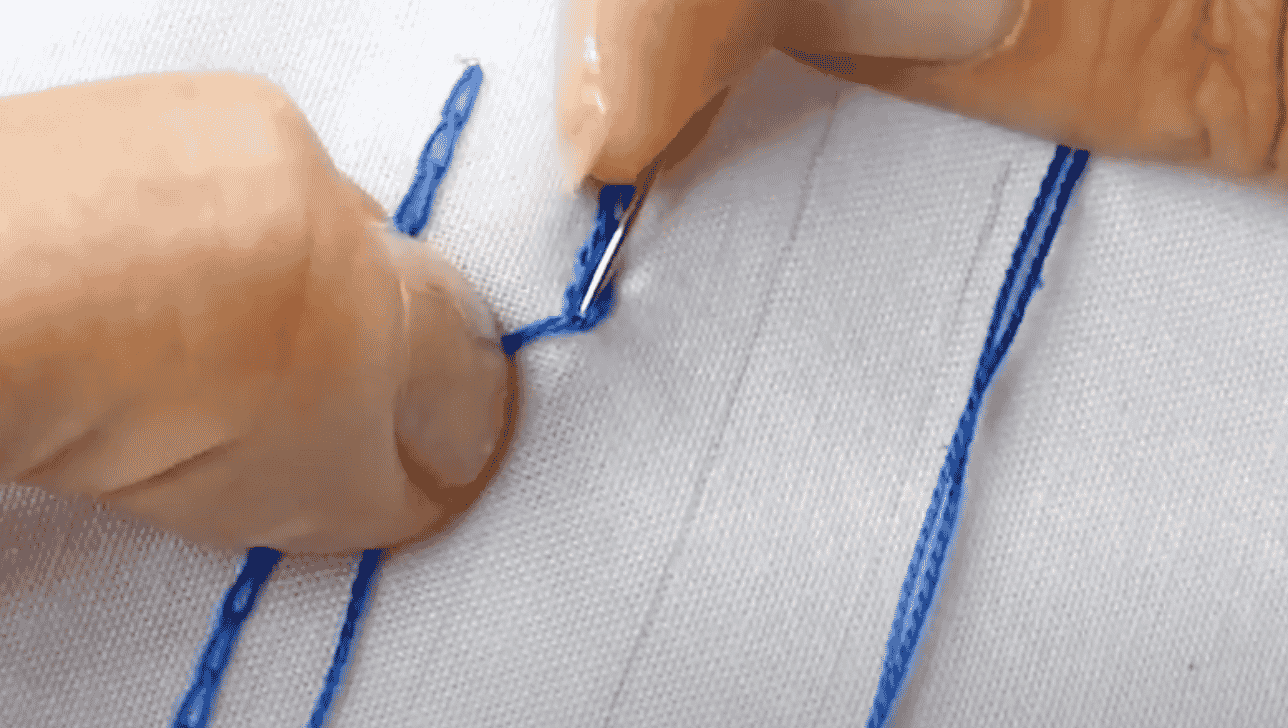
#5 is a little thicker than the #8 but still thinner than the #3. Many people prefer using this size over the #8 because they like how it stands out a bit more and adds a little more emphasis to the stitching. With this size thread, we recommend using a milliners size 1 needle.
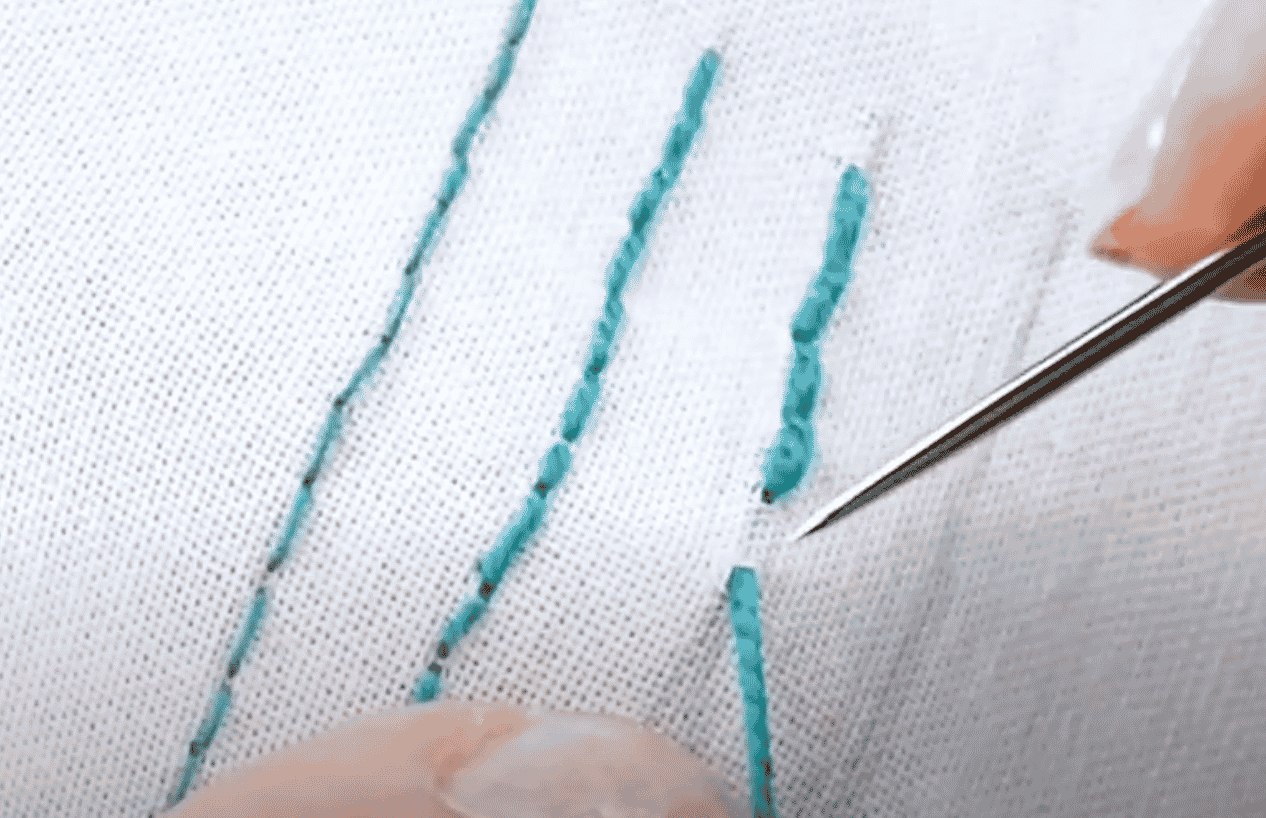
The #3 is the thickest weight of Eleganza perle cotton and its size is comparable to yarn. While this thick thread might give some stitchers pause, all of the Eleganza line of threads go through a treatment called double gassing, which removes almost all the lint from its surface. This gives it a silky smooth finish that pulls much easier through the fabric while making your stitches look clean and tidy. It’s great for adding outlining and emphasis to any hand sewing project. We recommend a size 15 milliners needle with this thread.
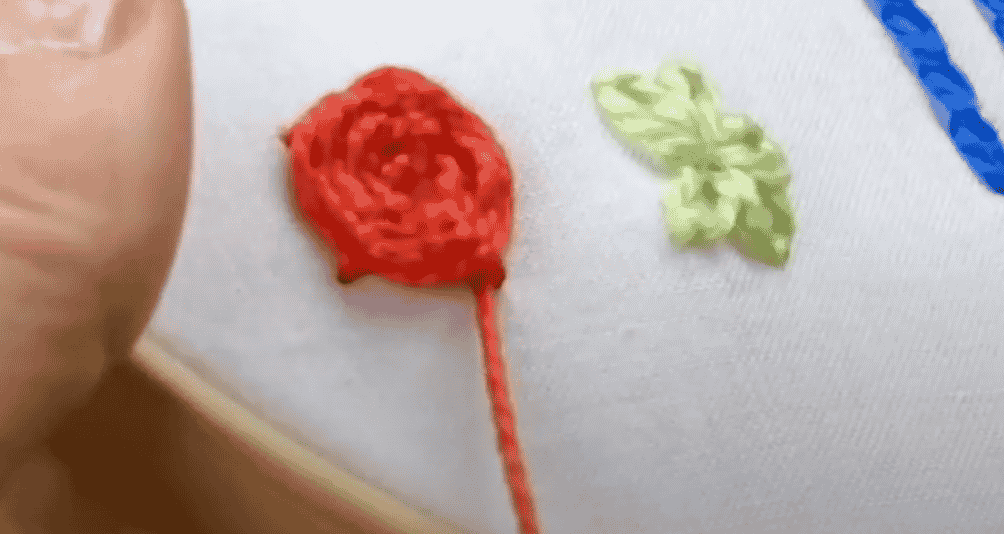
Finally, we have these 12wt threads called Spagetti™ and Fruitti™. Both of these threads are a long staple Egyptian cotton that has also been double gassed for a super low lint finish so your stitches will look clean and beautiful. A 12wt thread is comparable to a single strand of embroidery floss like what you would get when you split the strands. This is perfect for any small or fine detail stitching, or if you’re stitching on a fabric with a higher thread count.
